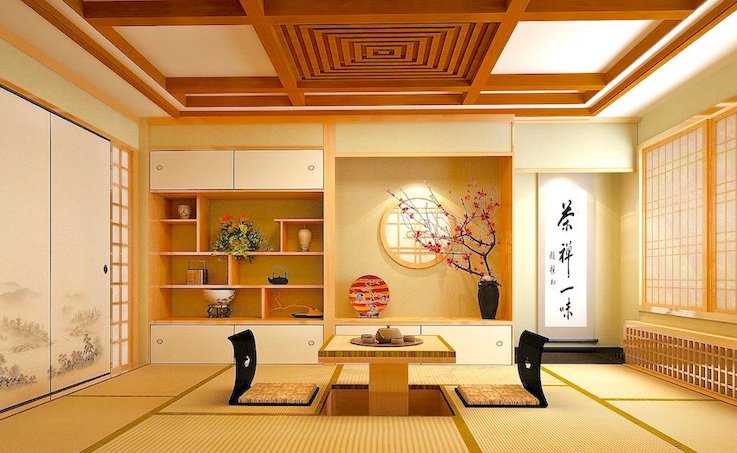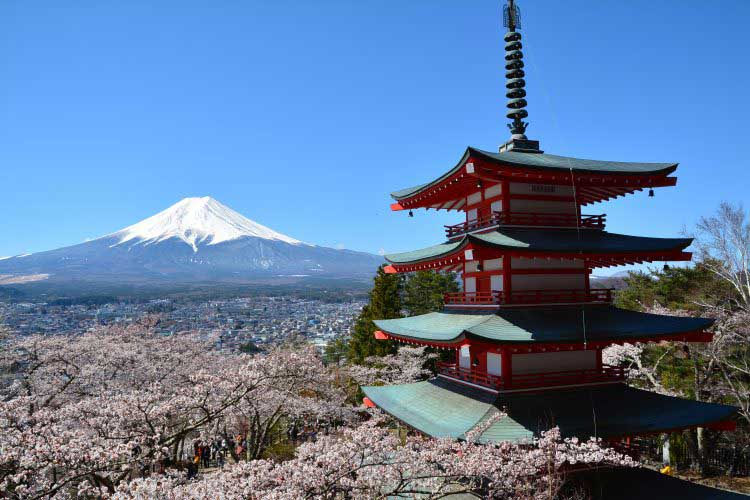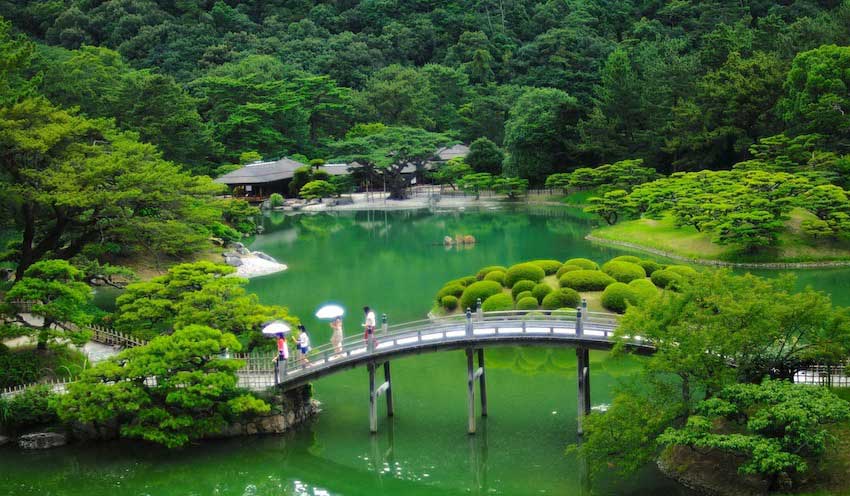
日本の伝統美に触れられる究極の場所、「日本庭園」。
四季によって変化する景色を堪能できるのはもちろんのこと、庭石や池、草木の配置や剪定技術など、楽しみ方もさまざまです。
今回は、計り知れない日本庭園の魅力を英語で説明する表現をご紹介していきます。
ご興味のある方は、当サイトで 英語クイズ(5000問) を出題しておりますので是非ご覧ください。
目次
日本庭園の簡単な説明
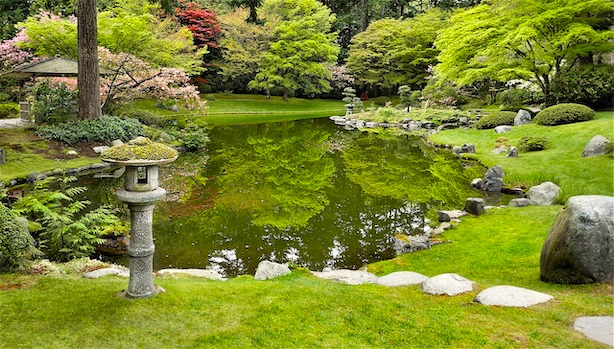
Traditional Japanese gardens have their own aesthetics and offer a picturesque reproduction of natural scenery.
(伝統的な日本庭園には独自の美学があり、自然の景観を絵画的に再現しています。)
Japanese gardens embody the true beauty of nature and create a sense of peace, harmony and tranquility.
(日本庭園は自然の真の美しさを体現しており、平和、調和、静けさの感性を生み出します。)
Japanese gardens are designed to allow people to connect with nature.
(日本庭園は、人が自然とつながることが出来るように設計されています。)
Japanese gardens are an important part of Japanese art and culture and are famous for their understated, sophisticated elegance.
(日本庭園は、日本の芸術と文化の重要な部分であり、控えめで洗練された優雅さで有名です。)
Japanese gardens are traditional gardens whose designs avoid artificial ornamentation and highlight the natural landscape. They make artistic use of plants, sand, ponds, flowing water and rocks.
(日本庭園は、人工的な装飾を避け、自然の景観を際立たせる伝統的な庭園です。植物や砂、池、流れる水や岩を芸術的に利用しています。)
The key elements of Japanese gardens are trees, ponds, running water, and rocks.
(日本庭園の重要な要素は、樹木、池、流れる水、岩です。)
Some important elements of a Japanese garden include plants, rocks, ponds, moss, bridges, and moderately pruned trees.
(日本庭園の重要な要素には、植物、岩、池、苔、橋、適度に剪定された樹木などがあります。)
Japanese gardens are simple. However, that does not mean that they are easy to construct. They bring out the true beauty of nature and are artfully designed in such a manner as to make the visitors look around and notice the details.
(日本庭園はシンプルです。しかしそれは構築しやすいという意味ではありません。自然の真の美しさを引き出し、周りを見回すと細部に気付くように巧みに設計されています。)
Japanese gardens are not just about looking beautiful. A tremendous amount of thought goes into the placement of symbolic elements and the overall effect of the garden.
(日本庭園は見た目だけではありません。庭園を象徴する要素の配置や全体に与える効果などには、非常に多くの配慮がなされています。)
With their oriental charm and cultural background, they stand apart from most Western gardens.
(東洋の魅力と文化的背景により、西洋のほとんどの庭園とは一線を画しています。)
In contrast to the geometrically arranged trees and statues of Western-style gardens, Japanese gardens create a scenic composition that reproduces nature as much as possible.
(幾何学的に配置された西洋庭園の樹木や彫像とは対照的に、日本庭園は可能な限り自然を再現した風光明媚な構図を生み出します。)
If you get the opportunity to visit a Japanese garden, you will find simplicity, harmony, order, variety, and many other elements within it that arouse the intellect as well as the senses.
(日本庭園を訪れる機会があれば、そこに簡素さや調和、秩序、多様性、そして知性と感性を刺激する多くの要素を見つけることができます。)
The styles of Japanese gardens have changed with the times, reflecting the development of architectural styles and religious thought introduced from the Asian continent.
(日本庭園の様式は、建築様式の発展や大陸からの宗教思想に影響を受けて、時代ごとに変化してきました。)
枯山水
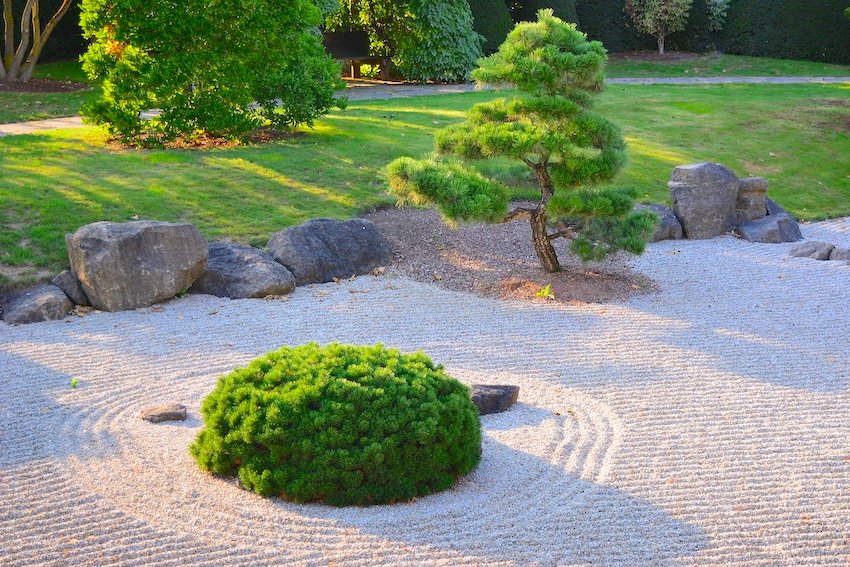
岩や砂などを使って水の流れや自然の風景を表す「枯山水」は、一般的に
- Japanese rock garden
- dry landscape garden
- Zen (rock) garden
などと訳されます。
“Kare-sansui” or dry landscape gardens, are gardens in which natural landscapes are reproduced by representing water with rocks or sand.
(枯山水は、水を岩や砂で表現することで自然の景観を再現した庭園のことです。)
White sand expresses water, while stones represent islands.
(白砂は水を、石は島を表しています。→ while は「〜なのに対して・その一方で」という意味です)
Kare-sansui is a distinctive style of Japanese garden and depicts landscape scenery without water, only with rocks and sand.
(枯山水は日本庭園独特のもので、水ではなく石や砂だけを使って山水を表現しています。)
Such gardens are common at Zen temples, and it is said that the location of stones expresses the world of enlightenment or Buddhahood.
(枯山水は禅宗寺院に多く見られ、その石の配置は悟りの境地を表していると言われています。)
池泉回遊式庭園
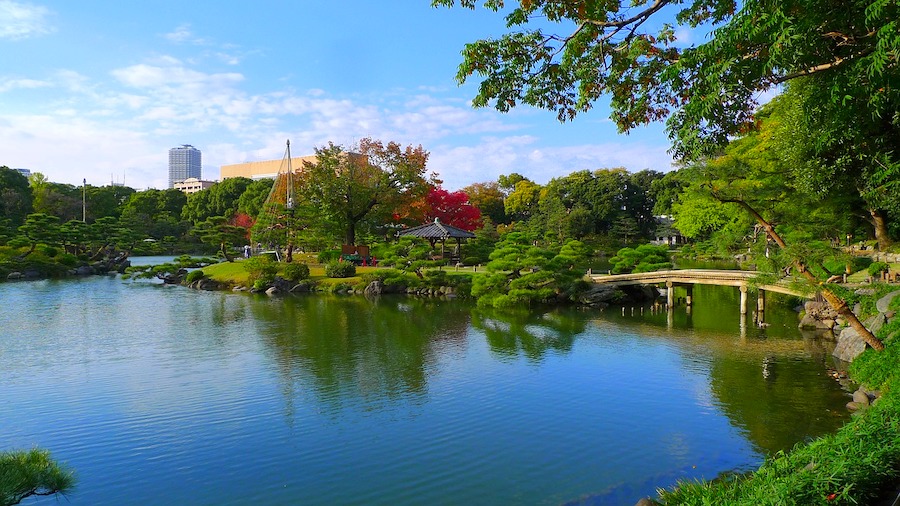
池泉回遊式庭園は、大きな池の周りに小道があり、ゆっくり歩きながら様々な景色を楽しめるのが特徴です。
- strolling pond garden
- a Japanese stroll garden with a large pond in the center
(中央に大きな池を配した回遊庭園)
特に大きな池がない「回遊庭園」は promenade garden や stroll garden で表すことができます。
Chisen means pond, and Kaiyu refers to a circuit that follows a loop. Teien means Japanese garden in Japanese.
(Chisen は池を意味し、Kaiyu は曲線をたどる巡路を意味します。 Teien は日本語で日本庭園を意味します。)
Strolling gardens usually feature a center pond, around which are designed stones, trees, other plants and artificial hills in such a way that visitors may appreciate the changing of the four seasons as they stroll.
(池を中心に庭石、植木、築山を配して、散歩しながら四季の変化を楽しめるように設計されています。)
The concept behind stroll gardens is to create spaces where, by walking in a leisurely fashion along a carefully constructed path, you discover points of beautiful views.
(回遊式庭園のコンセプトは、丁寧に作られた小道をのんびりと歩くことで、美しい景色を発見できる空間を生み出すことです。)
Famous gardens of this type include that of the Katsura-Rikyu, an Imperial Villa in Kyoto, Rikugien in Tokyo and Okayama-Kōrakuen in Okayama.
(代表的なものには、桂離宮、六義園、岡山後楽園などがあります。→ imperial は「皇帝の・王室の」、villa は「別荘」という意味です)
借景式庭園
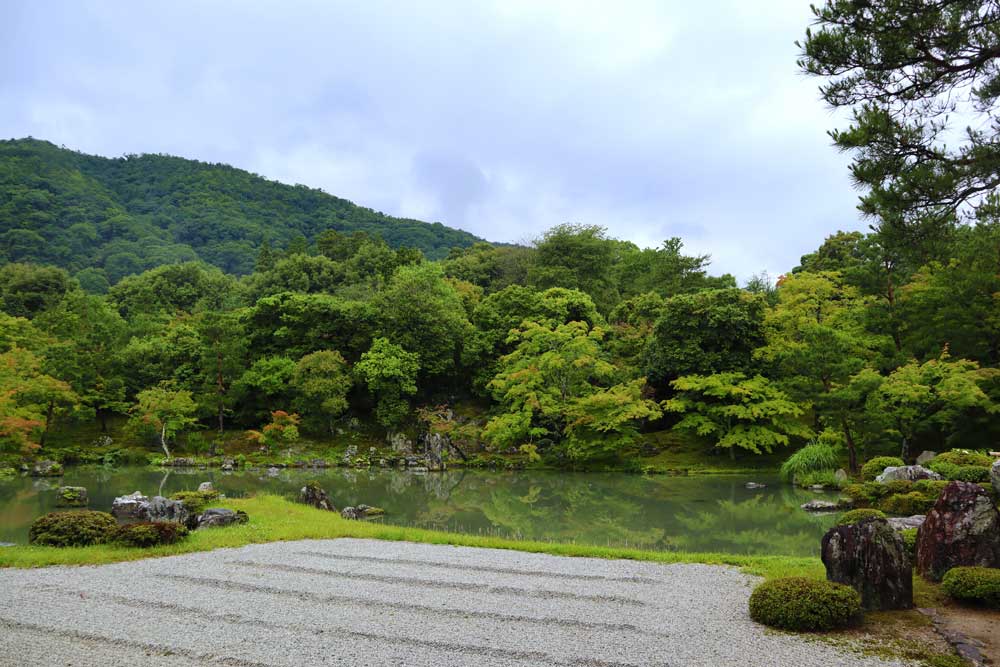
借景式庭園とは、近くにある山々などの景物を背景などに取り入れた庭園のことです。
“Shakkei” is the technique of “borrowing” the mountains and trees in the distance that can be seen outside the garden as background for the garden.
(「借景」とは、庭園の外に見える遠くの山々や木などを、庭園の背景として取り入れる技法です。)
“Shakkei-shiki teien” is a type of traditional Japanese garden that is designed to borrow scenery from nature in its surroundings.
(「借景式庭園」とは、周りの自然の風景を取り入れて設計された伝統的な日本庭園の一種です。)
